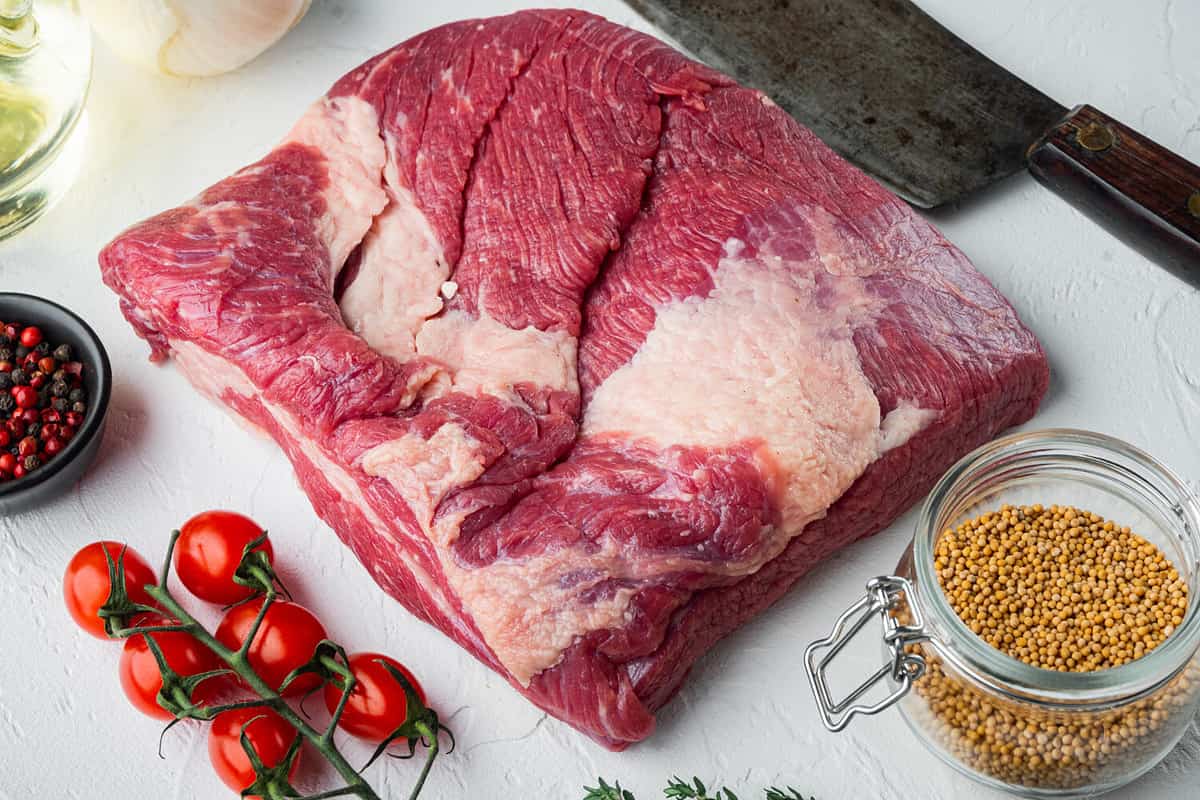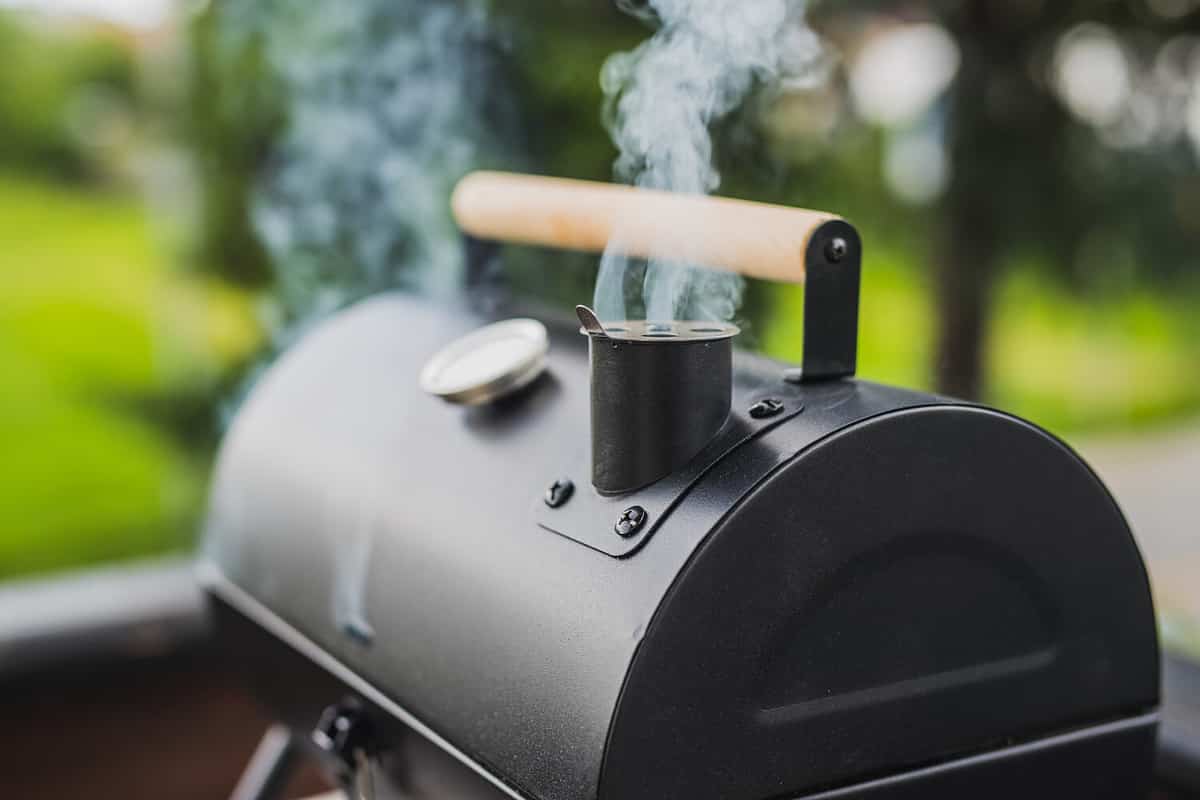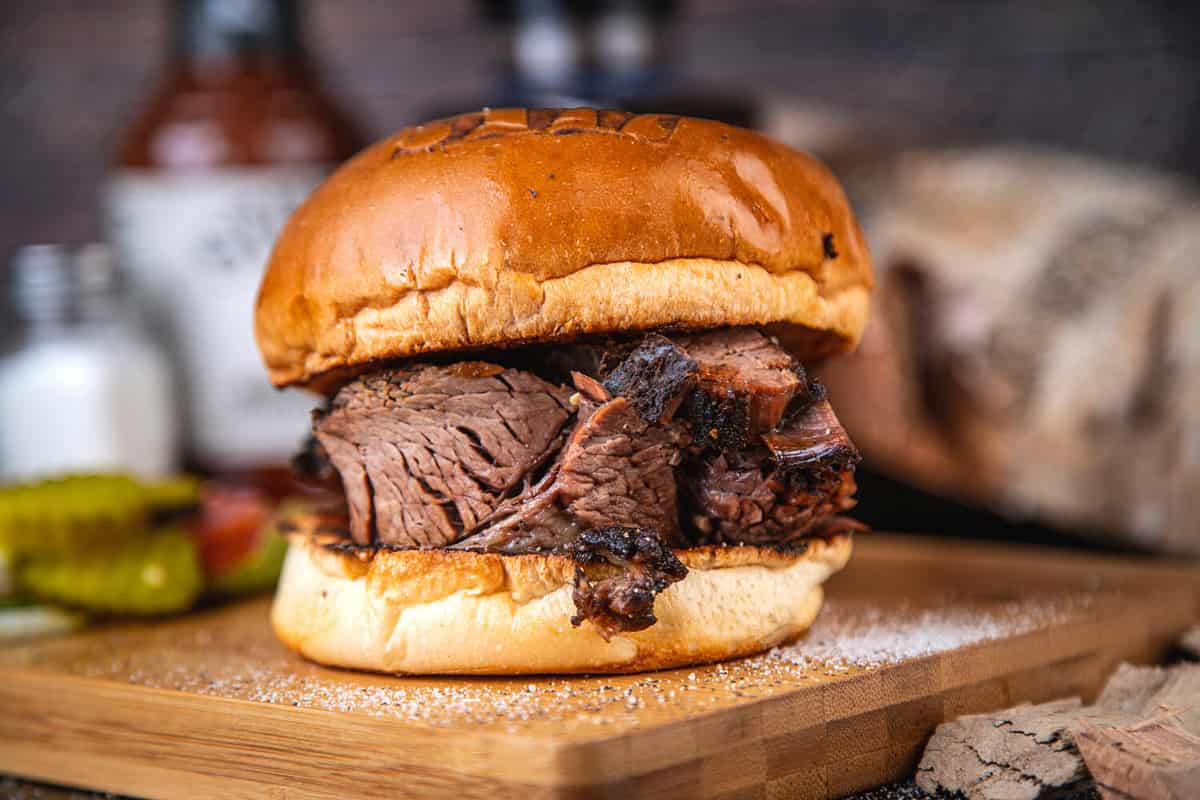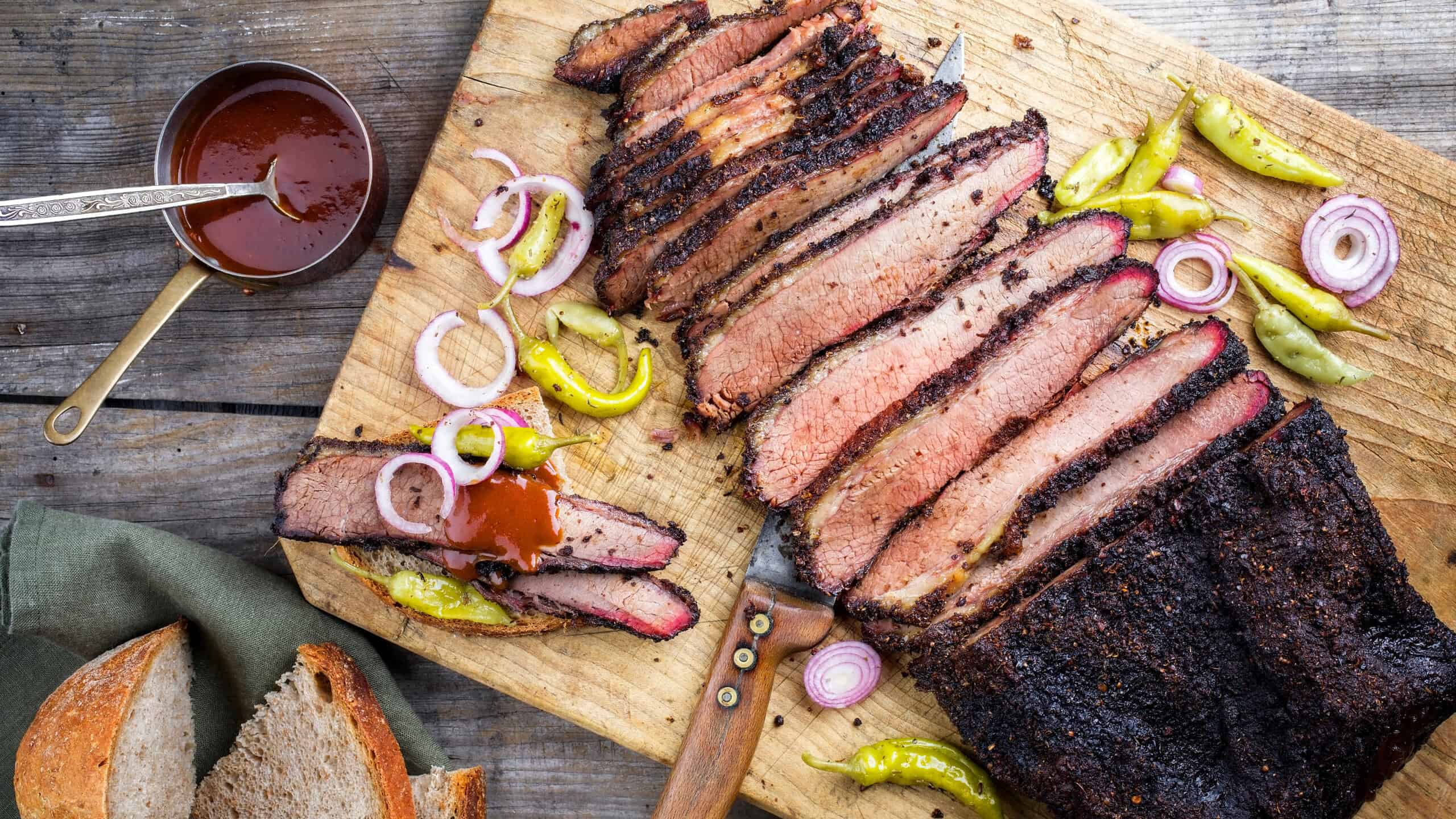You have a great Traeger grill, a beautiful slab of brisket, and several savory seasonings: what could possibly go wrong? Brisket has a reputation as being a difficult cut of meat. Because it comes from one of the least-tender parts of the cow, it can easily turn out chewy and dry. It can be tricky for novice cooks to navigate the mistakes that can ruin your brisket.
Cooking this cut of beef on a pellet grill can add another dimension of difficulty in creating juicy, tender brisket. However, smoking is the perfect way to cook beef brisket. No other method provides the slow, flavorful roast that breaks down the stubborn collagen and connective tissue in this cut of meat. There are five basic brisket blunders Traeger owners often make. The good news is that they are all easily corrected mistakes.

©Chatham172/Shutterstock.com
1. Buying Cheap Ingredients
We get it: groceries keep getting more expensive, especially meat. But brisket is one cut that requires you to buy the best USDA grade you can afford. If you can find it, USDA Prime is the best because it has abundant fat marbling and comes from younger cows. The next best is USDA Choice, the most common grade of beef at grocery stores. Avoid USDA Select grade brisket, as it lacks the fat necessary for tender brisket.
Since you’ve already invested in a high-quality Traeger grill, don’t skimp on the quality of your fuel. Do your research and learn which wood pellets have the best reviews. Remember, pellets aren’t just a fuel source; they’re also a primary source of flavor. So try several brands to find the one your taste buds prefer. Traeger’s own pitmasters recommend hickory, maple, or pecan wood pellets.
Bonus tip: Trim the brisket’s fat cap no thinner than a quarter inch. Brisket needs fat to become tender; you can always trim any excess afterward.
2. Starting With a Dirty Grill
Cooking on a Traeger (or any grill or smoker) can be messy. Smoke, ash, fat residue, and other buildup must be cleaned away often to keep components working correctly.
The grease bucket catches fat while cooking. It’s easiest to keep it clean by purchasing disposable grease bucket liners that can be thrown away. Scrape any fat buildup from the channels that carry the melted fat to the bucket, as neglecting this can cause a grease fire.
Use a citrus-based degreaser spray to clean the inside of your grill. Keep your temperature probe free from cooking residue by giving it a good scrub with a scouring pad. Don’t forget about your firebox. It will be full of ash when you’re done. Empty it, and a few times a year, take it apart and vacuum it out with a shop vac.
Bonus tip: Once you’re satisfied that your Traeger is ready to go, start with the lid open. This allows the initial vapors released from the pellets to vent away. Once you see wafts of smoke, you can close the lid for the rest of the preheating process.

©Anze Furlan/Shutterstock.com
3. Neglecting Temperature Guidelines
Temperature is everything when smoking a brisket on a Traeger. First, allow your grill to preheat for at least 20 to 30 minutes. This allows the temperature to stabilize and the heat to fully saturate the interior.
Refuse the temptation to crank the grill up a few degrees. Brisket must be cooked at a low temperature to become tender and smoky. 275 degrees is the highest you should go, and lower is better. Start around 225 or even 200, then bring it up at the end.
Avoid the temptation to manually change the temperature all day. Part of the reason Traeger grills are expensive is that they are equipped with computers that manage the temperature for you. All grills will have temperature swings, so don’t obsess over them. Just set your controls and let the grill do its thing.
Your temperature probe should be your guide because every brisket cooks differently depending on fat content and thickness. Base any decisions on the meat probe temperature reading, not the clock.
Bonus Tip: Even at the perfect temperature, you risk serving dry meat if you don’t add moisture while smoking brisket. Spritz the meat with water, apple juice, or reserved marinade every hour or so.
4. Ignoring Your Pellet Box
Keep an eye on your pellet hopper. Because smoking a brisket takes several hours, you probably won’t be sitting beside your Traeger the entire time. Periodically check the hopper so your pellets won’t clog or run out, extinguishing your cooking flame. Top off the pellets and stir them well to ensure they continue flowing well through the auger.
Bonus tip: Keep your pellets dry. We recommend storing them in an airtight container in a dry room or garage.

©Omarbaik/Shutterstock.com
5. Forgetting to Wrap and Rest
After the brisket reaches 165-170 degrees, wrap it in foil or butcher paper to seal in the fat and juices during the remaining cooking time. If you’re worried that the steam will soften the crisp bark on the surface, unwrap it once it reaches 200 degrees, then cook it at 225 degrees until it reaches the desired crispness.
Brisket must also rest for at least an hour before slicing and serving. Many pitmasters prefer to let it rest inside a dry cooler or other insulated container for two hours or more. Resting large cuts of meat allows the moisture to redistribute and the collagen to gelatinize. This prevents all the moisture from flowing out when you slice it.
Bonus Tip: Fill the gaps between your brisket and the container’s walls with clean towels. This provides extra insulation and will catch any drippings.
Up Next:
Camp Chef vs. Traeger: Which Grill is Best with Pros & Cons for Each
Brisket vs. Steak: Taste, Cooking, and Nutritional Differences
Smoking Brisket at 225 vs. 250: Pros & Cons (And Which is Better)
The image featured at the top of this post is ©hlphoto/Shutterstock.com.
